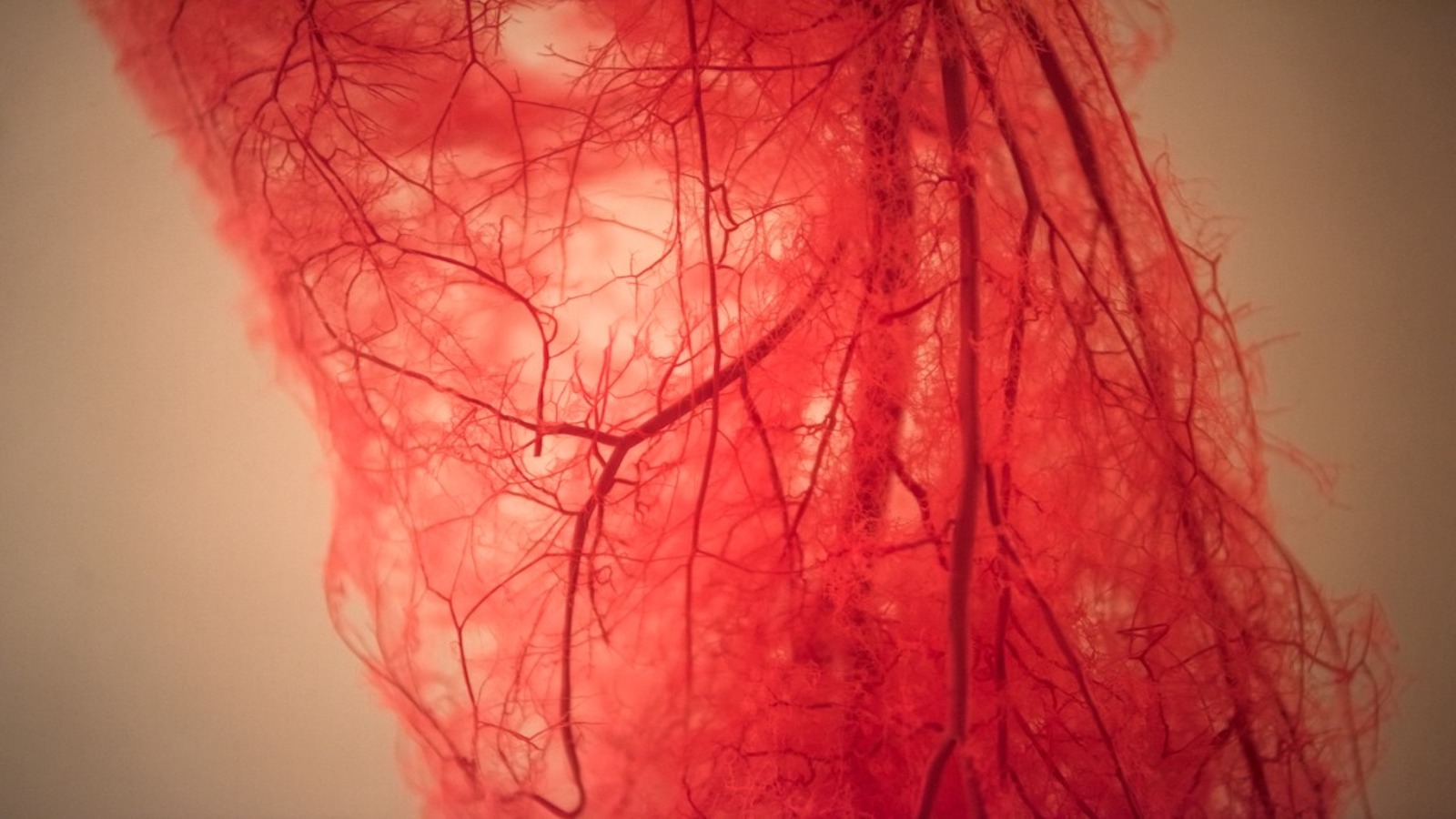
Arterial Disease
Disease of the arteries may result in:
Arterial blockage (including peripheral artery disease, or PAD)
Caused by plaque (a waxy substance) forming in the arteries—a condition known as atherosclerosis. This plaque may build up until it slows or blocks blood flow in the affected artery, depriving some of your body’s cells of oxygen. Clogged arteries may cause leg pain or cramps. This plaque build-up is caused by smoking, diabetes, high blood pressure, and high cholesterol.
Aortic aneurysms
A bulge in part of the aorta, the body’s main artery. Aortic aneurysms form when one area of the aorta becomes weak, and the blood pressure inside causes that area to expand. These aneurysms are sometimes stable and cause no symptoms, but if they grow too large, they can burst. This is called aortic rupture, and it is deadly if not treated in time. Aortic aneurysms can form in the chest (thoracic aneurysm) or, more frequently, below the kidneys in the lower stomach area (abdominal aneurysm).
Buerger’s disease
A rare disorder related to smoking. It causes the small and medium-sized arteries or veins in your feet and legs to tighten, making themselves narrower and restricting the flow of blood through them. This can lead to a lack of oxygen to the cells (ischemia) or tissue death (necrosis). Buerger’s disease is most commonly found in male smokers who are 20-40 years old. Its symptoms are tender, swollen areas over the vessels, cold hands and feet, and pain during walking. In the most severe cases, fingers and toes may need to be amputated. Smoking must stop immediately, and then circulation will improve.
Raynaud’s phenomenon
A circulation disorder that makes arteries in the fingers and toes spasm in response to smoking, stress, or cold temperatures. The cause is generally unknown but may be related to connective tissue disease, trauma, or diseases of the glands or central nervous system. Raynaud’s phenomenon is most commonly found in women. The attacks may be brief up to a few hours. The symptoms include pale or blue skin that turns red later, numbness, and tingling in the fingers and toes. Warming the fingers and toes will typically help. Other measures may be needed like pain relievers, calcium channel blockers, quitting smoking, and avoiding cold and stressful situations.
